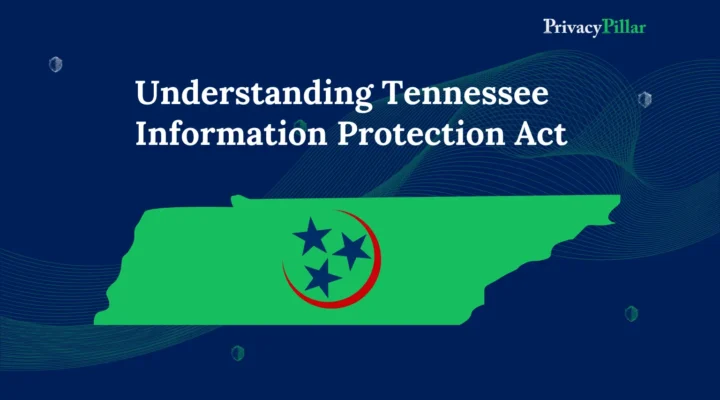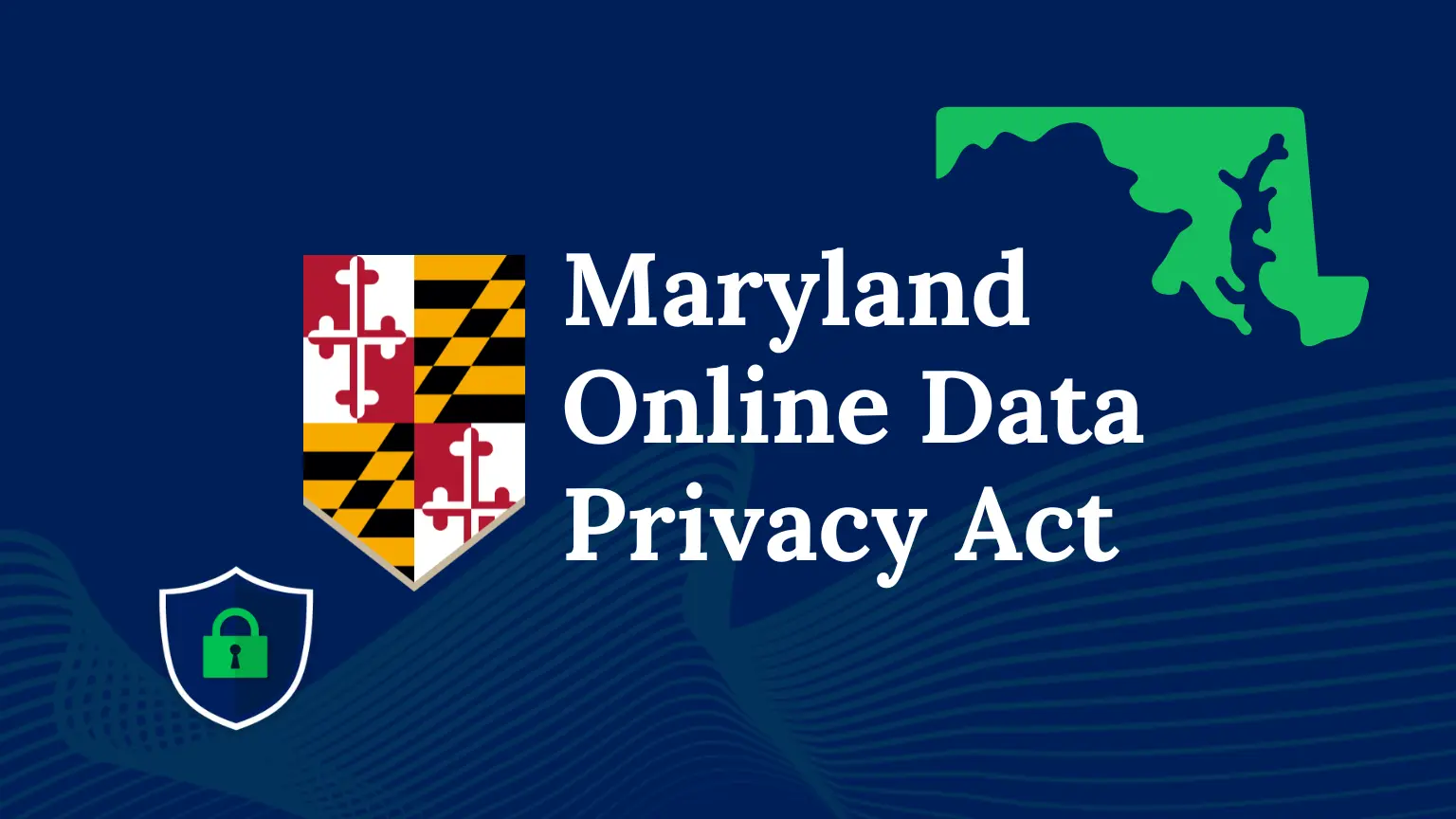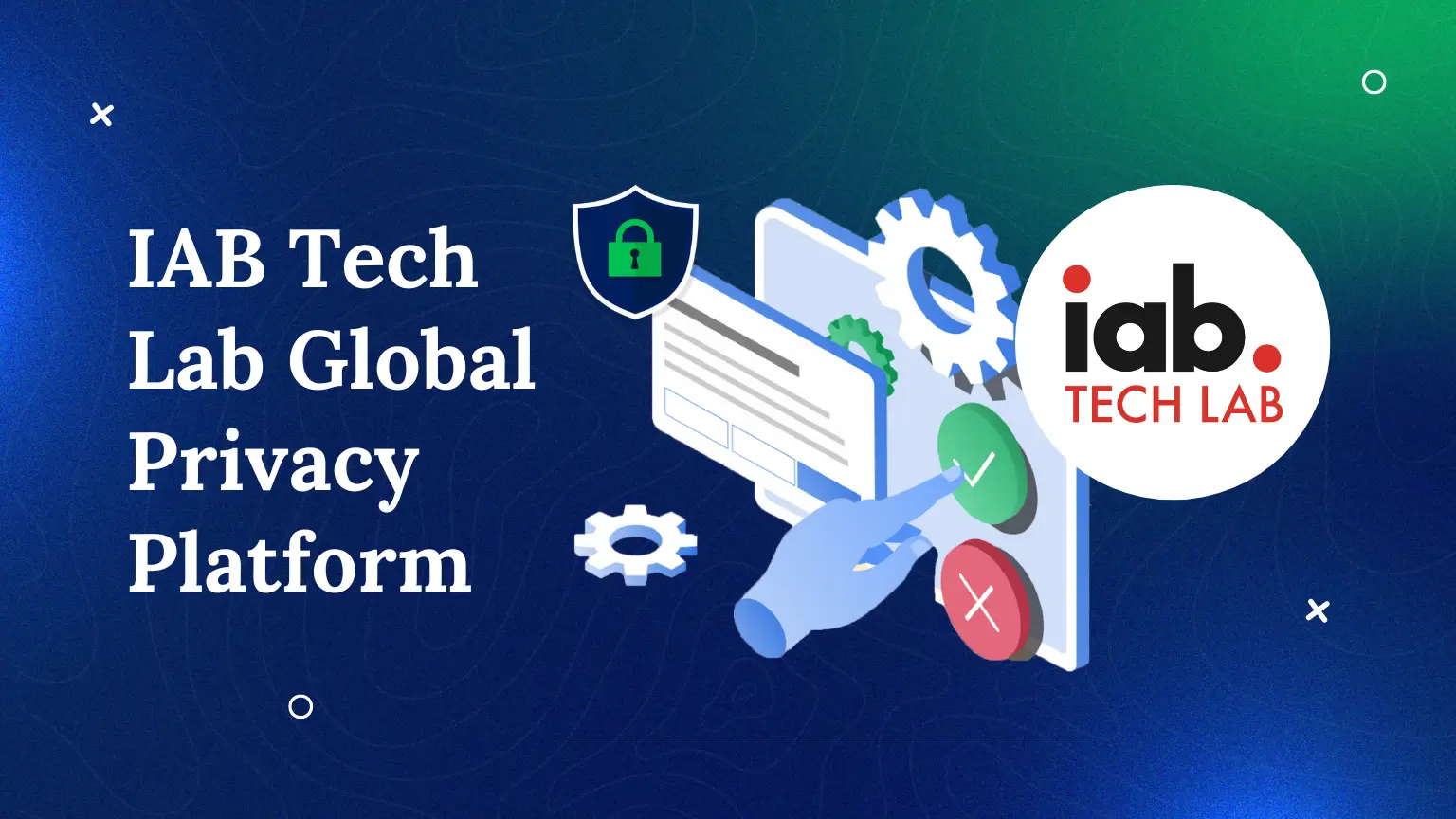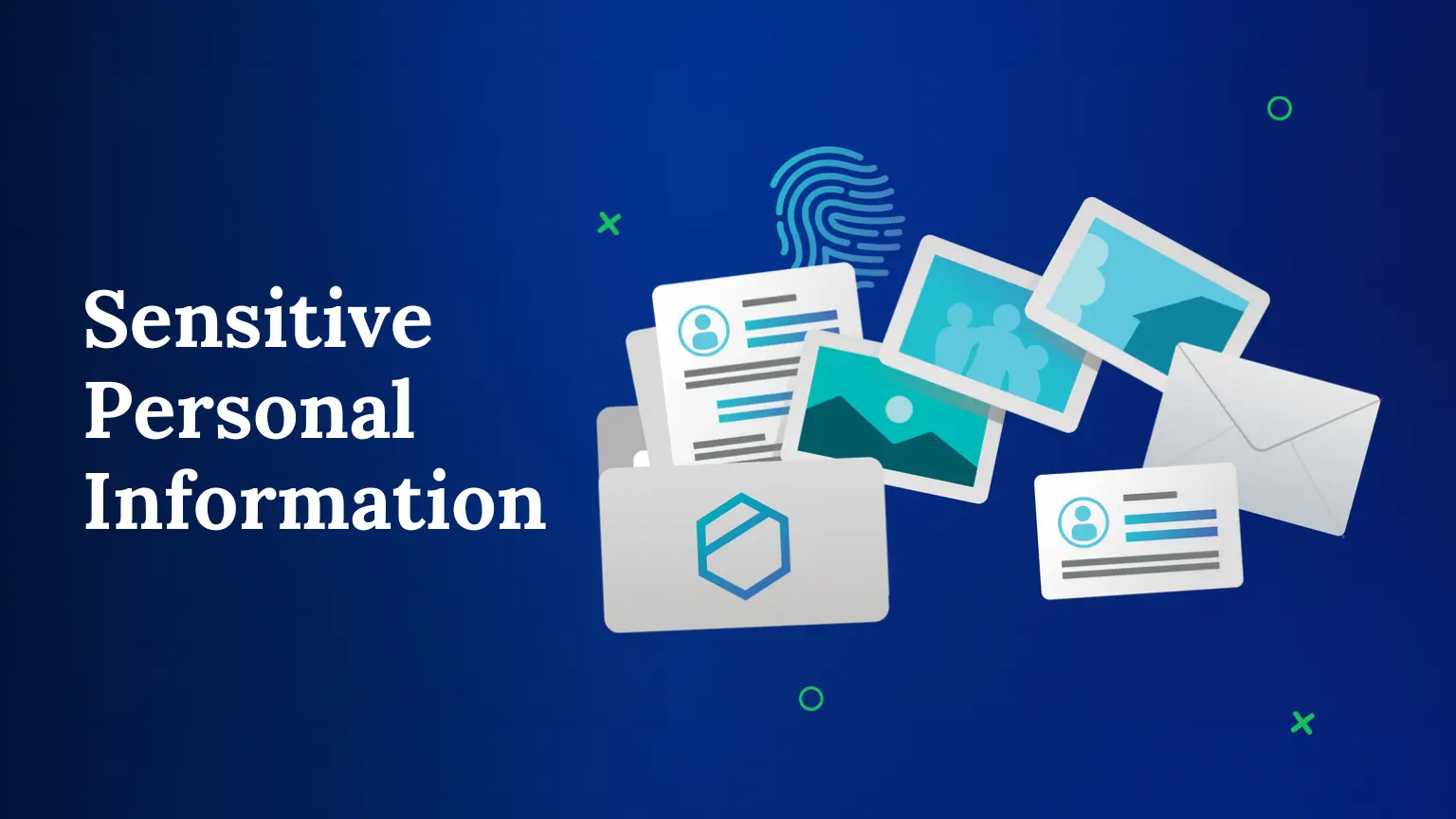
Understanding Privacy Notices: What You Need to Know
In today’s digital world, personal data is more valuable than ever. Using websites, apps, and other online services leaves behind a trail of personal data. Organizations must handle this data responsibly. One of the main ways they do this is through a privacy notice. This article will explain what a privacy notice is, why it is essential, the legal requirements, best practices, and how privacy laws are changing.
What is a Privacy Notice?
A privacy notice is a statement that tells people how an organization collects, uses, shares, and protects their personal information. It’s meant to be clear and easy to understand so that users know what happens to their data.
Why Privacy Notices are Important?
- Building Trust: When organizations are open about how they handle data, they help build trust with their users.
- Legal Requirements: Many laws require organizations to have privacy notices. Not having one can lead to fines and other penalties.
- Empowering Users: Privacy notices give users the information they need to make informed decisions about their data.
What are the Legal Requirements for Privacy Notices?
General Data Protection Regulation (GDPR)
The GDPR is a law in the European Union that started in 2018. It requires organizations to give clear information about how they handle personal data. Key points include:
- Identity and Contact: Organizations must provide the identity and contact details of the organization, its representative, and its Data Protection Officer.
- Purpose and Legal Basis: They must explain why they are using the data and the legal reason for doing so.
- User Rights: Educating users about their rights, such as accessing their data, correcting it, and deleting it, and how they can exercise their rights.
- Data Retention: Organizations must say how long they will keep the data.
- Third-Party Sharing: They must tell users if they share data with other organizations.
California Consumer Privacy Act (CCPA)
The CCPA is a law in California that gives Californians more control over their personal information. Key points include:
- Categories of Data: Organizations must list the types of personal information they collect.
- Purpose of Collection: They must explain why they collect the data.
- Third-Party Sharing: They must disclose if they sell or share personal information to other organizations.
- User Rights: Educating users about their rights, such as accessing their data, correcting it, deleting it, and opting out of its sale, and how they can exercise their rights.
Other Important Privacy Laws
- Brazil’s General Data Protection Law (LGPD): Similar to the GDPR, the LGPD protects personal data in Brazil and requires organizations to be transparent about their data practices.
- Canada’s Personal Information Protection and Electronic Documents Act (PIPEDA): This law requires Canadian organizations to get consent before collecting personal data and to be clear about how the data will be used.
- Australia’s Privacy Act 1988: This law includes principles that organizations must follow when handling personal information, including being transparent and allowing individuals to access their data.
What are the Best Practices for Privacy Notices?
- Clear Language: Use simple language that everyone can understand. Avoid technical terms and legal jargon.
- Keep it Short: Provide all the necessary information without overwhelming the reader. Use bullet points and headings to make it easy to read.
- Easy to Find: Make sure the privacy notice is easy to find on your website. A link in the footer or a pop-up when users first visit can help.
- Regular Updates: Keep your privacy notice up-to-date. Review it regularly and update it when your data practices change.
- Jurisdiction Specific: For multinational organizations, crafting a privacy notice that complies with multiple legal frameworks can be challenging. It is essential to identify common requirements and create a base notice that can be supplemented with jurisdiction-specific information as needed.
- User-Friendly Design: Use headings, bullet points, and hyperlinks to make the privacy notice easy to navigate.
- Integration with Consent Management Platforms: Consent management platforms (CMPs) help organizations manage user consents for data processing. CMPs often include privacy notices, making it easier for users to understand and manage their data preferences.
What is the Role of Consent Management Platforms?
Consent management platforms (CMPs) play a vital role in implementing and managing privacy notices. These platforms help organizations obtain, track and manage user consents ensuring compliance with legal requirements and enhancing transparency.
Features of CMPs
- Consent Collection and Management: CMPs facilitate the collection of user consents through customizable consent forms and interfaces.
- Granular Consent Options: Users can be given the option to provide consent for specific types of data processing activities.
- Audit Trails: CMPs maintain detailed records of consents obtained, including timestamps and versions of the privacy notice presented.
- Integration with Existing Systems: CMPs can be integrated with other systems and platforms to ensure seamless data flow and compliance.
Benefits of Using CMPs
- Enhanced Compliance: CMPs help organizations meet legal requirements by providing tools to manage consents effectively.
- Improved Transparency: By clearly presenting consent options and information, CMPs enhance transparency and user trust.
- Streamlined Processes: Automating consent management reduces the administrative burden on organizations and ensures consistency.
Privacy Notice vs. Privacy Policy: What’s the Difference?
While these terms are often used interchangeably, a Privacy Notice and Privacy Policy are distinct documents used by organizations to address privacy concerns. However, they serve different purposes and audiences.
Privacy Notice
Purpose:
- A Privacy Notice is a public-facing document designed to inform individuals (e.g., customers, users, employees) about how their personal data is collected, used, disclosed, and managed by an organization.
Content:
- Details on the types of personal data collected.
- Purposes for which the personal data is used.
- Legal basis for processing the data.
- Information on data sharing with third parties.
- Rights of data subjects (e.g., access, correction, deletion).
- Information on data retention periods.
- Contact details for privacy-related inquiries.
- How individuals can exercise their privacy rights.
Audience:
- Primarily aimed at individuals whose data is being processed, providing them with the information needed to understand and control their personal data.
Legal Requirement:
- Often required by data protection laws (e.g., GDPR, CCPA) to ensure transparency and compliance.
Examples:
- A website’s privacy notice explaining data collection via cookies.
- An employee privacy notice detailing how HR manages employee data.
Privacy Policy
Purpose:
- A Privacy Policy is an internal document that outlines how an organization handles and protects personal data. It provides a framework for data privacy practices and compliance within the organization.
Content:
- Detailed data protection policies and procedures.
- Roles and responsibilities of employees concerning data protection.
- Data security measures and protocols.
- Incident response and data breach management.
- Guidelines for data retention and disposal.
- Employee training and awareness programs.
- Compliance with relevant data protection laws and regulations.
Audience:
- Primarily intended for internal use by employees, management, and other stakeholders within the organization to ensure consistent data handling practices.
Legal Requirement:
- While not always mandated by law, having a Privacy Policy is a best practice and may be required for compliance with certain regulations, certifications, or industry standards.
Examples:
- An organization’s internal policy on handling customer data.
- Data protection guidelines for employees working remotely.
Conclusion
Privacy notices are a crucial part of data protection. They help build trust, ensure compliance with laws, and empower users to make informed decisions about their data. By following best practices and keeping up with legal requirements, organizations can create effective and user-friendly privacy notices.



